
- Home
- News
- Analysis
- States
- Perspective
- Videos
- Education
- Entertainment
- Elections
- World Cup 2023
- Features
- Health
- Business
- Series
- Economy Series
- Earth Day
- Kashmir’s Frozen Turbulence
- India@75
- The legend of Ramjanmabhoomi
- Liberalisation@30
- How to tame a dragon
- Celebrating biodiversity
- Farm Matters
- 50 days of solitude
- Bringing Migrants Home
- Budget 2020
- Jharkhand Votes
- The Federal Investigates
- The Federal Impact
- Vanishing Sand
- Gandhi @ 150
- Andhra Today
- Field report
- Operation Gulmarg
- Pandemic @1 Mn in India
- The Federal Year-End
- The Zero Year
- Premium
- Science
- Brand studio
- Home
- NewsNews
- Analysis
- StatesStates
- PerspectivePerspective
- VideosVideos
- Entertainment
- ElectionsElections
- Sports
- Loading...
Sports - Features
- BusinessBusiness
- Premium
- Loading...
Premium
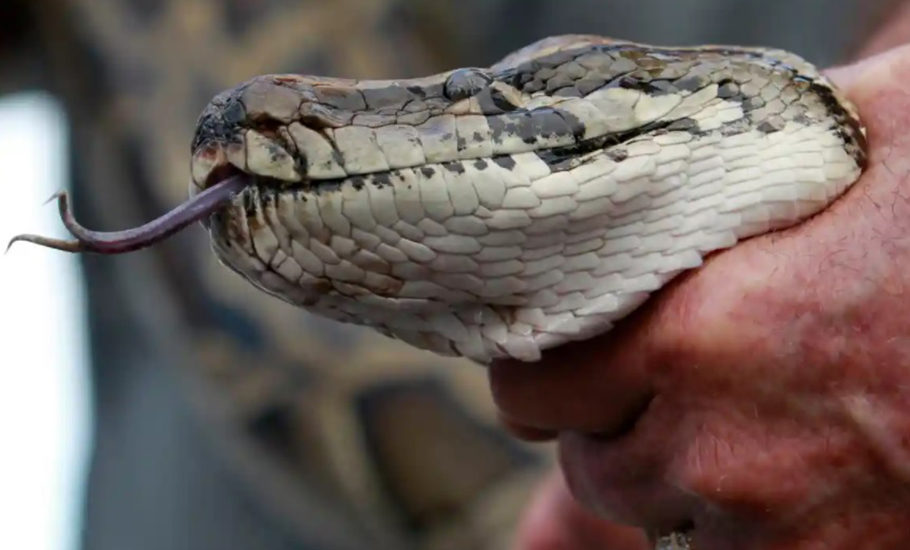
The biting worry of Irula snake-catchers

C Raja, a licensed snake-catcher from Andikuppam in Tamil Nadu’s Kancheepuram district, takes immense pride in his job – a skill, he says, that can’t be acquired in a day, but passed from generation to generation. It is daredevils like Raja, 45, whose skills are crucial for the production of antivenom drugs in a country which sees nearly 50 per cent of the world’s snakebite...
C Raja, a licensed snake-catcher from Andikuppam in Tamil Nadu’s Kancheepuram district, takes immense pride in his job – a skill, he says, that can’t be acquired in a day, but passed from generation to generation.
It is daredevils like Raja, 45, whose skills are crucial for the production of antivenom drugs in a country which sees nearly 50 per cent of the world’s snakebite deaths.
While the pandemic added to his woes, Raja’s livelihood troubles had been mounting even before the coronavirus struck.
“My family has been catching snakes for generations. I too have managed to earn a living because of snakes. But it seems we can’t depend on this work for long,” says Raja, a member of the Irula Snake Catchers Industrial Cooperative in Tamil Nadu.
Raja and his forefathers were no exception. For a large part of the 20th century, many among the Irula indigenous community hunted snakes for their skin. They would then sell the snake skin to local tanners for as little as Rs 10 to Rs 50 (for a single skin). The tanners, in turn, would process the skin and export it to Europe and the United States to be used in making fashion accessories like purses, shoes, belts etc.
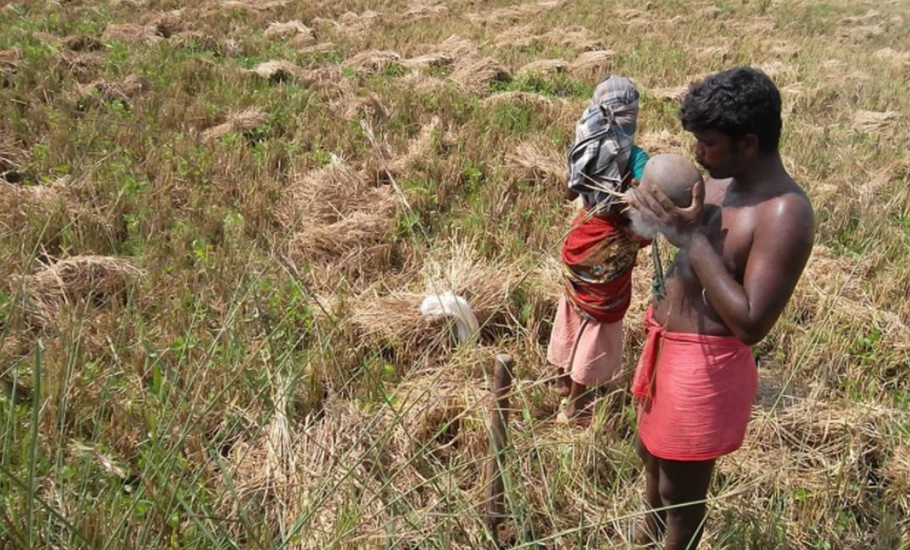
The practice continued unabated until the Wildlife Protection Act of 1972 banned the hunting of a number of wild animals, including snakes.
As the prohibition left most of these snake-catchers jobless, wildlife conservationist and herpetologist Romulus Whitaker helped them get back on their feet by putting their skills to use for extracting snake venom. Whitaker set up the Irula Snake Catchers Industrial Cooperatives Society in 1978. It was later taken over by the Tamil Nadu government.
Every year in August, the forest department issues a limited number of licences to Irulas who are then allowed to catch snakes only between August and April. There are, however, also restrictions on the number of snakes that can be captured. What has stung these snake-catchers over the last two years is the inordinate delay in issuing a government order allowing them to go ahead with the task.
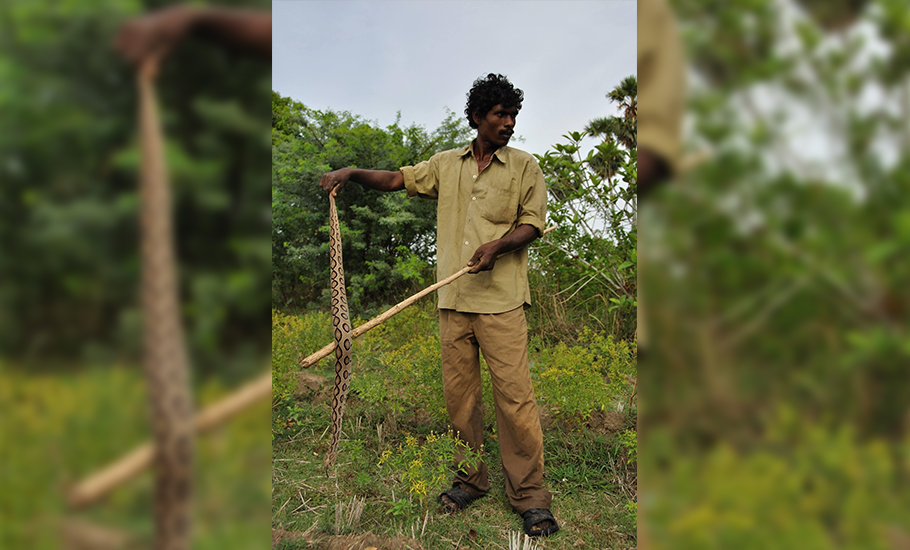
“We cannot catch snakes between April and August since it is the breeding season. For the past two-three times, the government has been issuing the order only at the last minute… just a couple of days before the deadline [to catch snakes] gets over. This year too, the government hasn’t issued the order yet,” Raja told The Federal.
Raja is joined in the wait for the government order by as many as 350 members of the cooperative society.
According to the members, the snake-catchers get hold of different varieties including the Common Krait, the Russell Viper and the Indian Cobra in and around Kanchipuram, Chengalpattu and Chennai to extract venom for three times during the 21-day captivity period, before releasing them back into forests.
“But this time we don’t think we will be able to earn anything out of this. Already a lot of us have switched to other menial works, including ragpicking and removing waste from banquet halls. Some are even attempting to go to brick kilns which requires hours of labour and very little money,” says M Kuppuraj, another licensed snake-catcher from the same hamlet.
“We used to get anywhere between Rs 150 and Rs 3,500 depending on the kind of snakes we caught. But now we find it very difficult even to earn Rs 100,” Kuppuraj said.
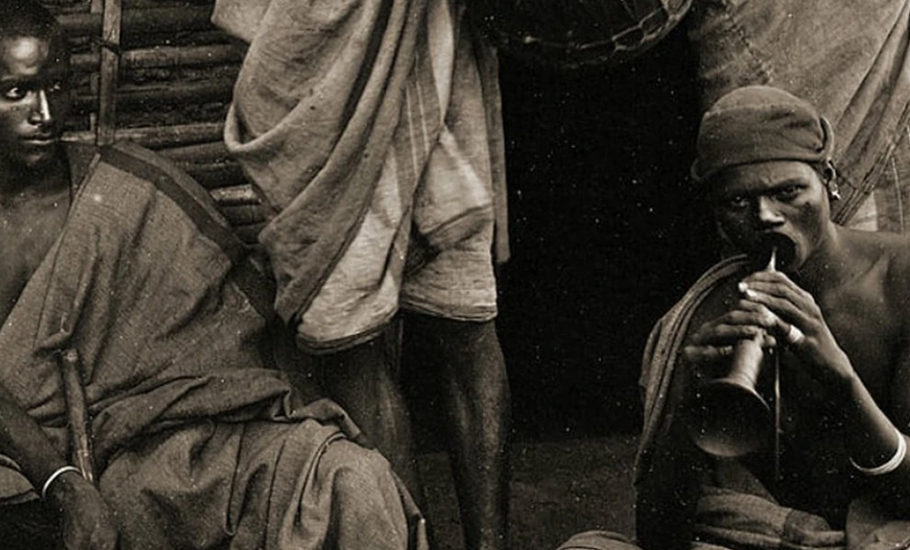
When The Federal reached out to Whitaker, he said he was unaware of the developments. “…but alternatives must be looked at for a solution,” he added.
However, a supervisor of the society, who did not want to be named, pinned the delay on “official reasons”.
“The forest department had raised a few queries and it took some time for us to revert. Hope we get the orders in a couple of days,” the supervisor told The Federal on March 21.
Asked about the reason for the delay in issuing the order, the supervisor refused to elaborate and said they had enough venom stock to supply to antivenom manufacturers.
More than 50,000 people die of snakebites each year in India. The only reliable treatment is the prompt administration of antivenom. Six companies across India produce around 1.5 million vials of antivenom annually. Most of it is derived from the venom extracted by the Irulas.
What is bothering the snake-catchers more than the delay in the issuance of order is the unconfirmed report that the government is planning to set up a modern serpentarium – enclosure in which snakes are kept – at the same place where the cooperative society now stands.
“We have been told about a proposal to set a serpentarium plant here. We suspect the delay was also because of that proposal,” 38-year-old Sethuraj, a second generation snake-catcher, said.
A serpentarium would mean the services of the snake-catchers may no longer be required.
“We know that we will not be able to catch snakes. But we are hoping at least it [serpentarium] would give us an alternative livelihood and also help the cooperative stay afloat,” said Sethuraj.
Speaking about the proposal to set up a serpentarium plant, Whitaker said that it may not happen soon since the Centre has to decide on it.
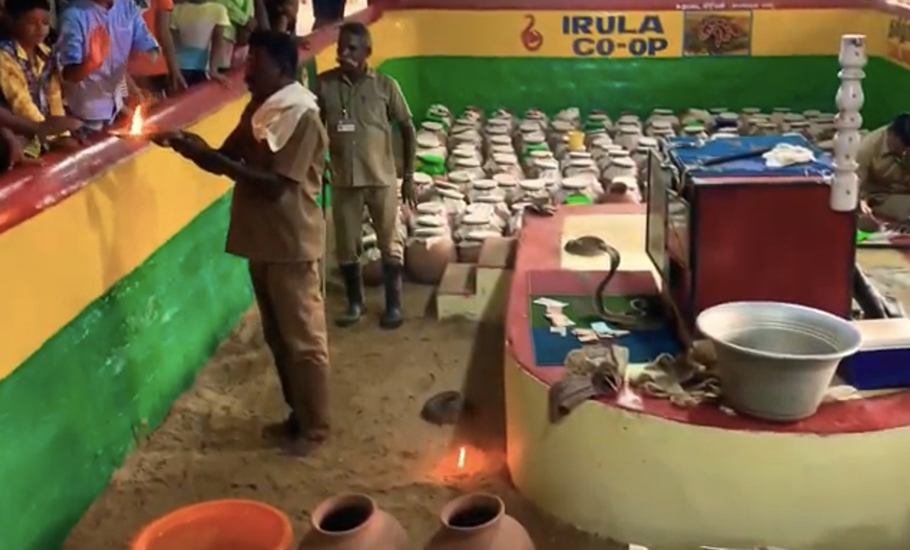
“It may be a five-year plan. And yes, of course, the Irula community people won’t be able to catch snakes. But then, they’ll have a job at the plant to look after the snakes, extract venom regularly and all that. Instead of shifting to other occupations, it would be better and that’s how tribals in all other places are adapting to the evolving situations,” Whitaker said.
Elaborating on how the serpentarium could prove a blessing in disguise, Kodiyakkal, a woman snake-catcher, said it is difficult to release snakes back into the wilds.
“Whenever we catch snakes from residential areas, it is difficult to release them back in the same area. So, we have to release the snakes wherever it’s likely to involve minimum trouble. However, we do not know whether the snake would survive in a new environment. But there is a chance that the serpentarium would help both snakes and us survive,” she said, hoping for employment opportunities at the serpentarium for people like her.

